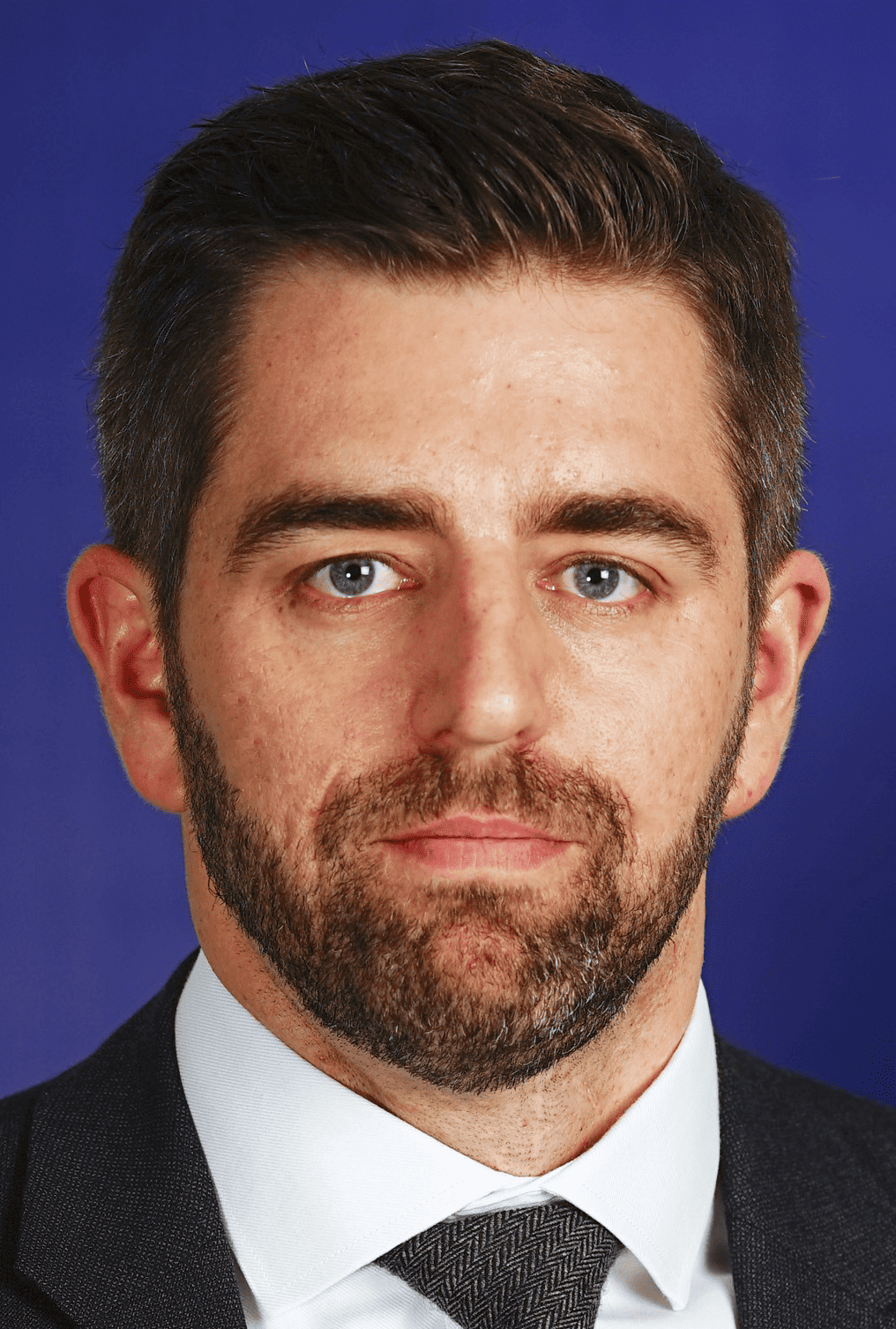Private banks have retained their sparkle within the industry, and are investing in technological, service and product innovation to stay abreast of evolving client demands.

Private banks are often characterized as “the jewel in the crown” of the broader financial institutions that own them. They are not particularly capital intensive, and they generate fee income. Their cost base is high, and they need to invest heavily in bespoke technology and human resources to be competitive. Thus far, they have been able to afford to do so.
For most of the world’s private banks, 2021 was a memorable year. Buoyant markets contributed to sharp increases in assets under management (AUM) across all regions, while many private banks also experienced strong net inflows—a trend that continued into the first half of 2022 and is a strong forward indicator.
Profitability improved as the digital transformation brought new efficiencies and freed up private bankers to spend more of their time on client-facing activities that generate revenues. As a result, many private banks reported record profits.
But if “a rising tide lifts all ships,” especially in terms of boosting AUM, the reverse is also true. Since the beginning of this year, the combination of higher volatility and a sharp downturn in markets affecting practically all asset classes means that most private banks are expected to report that AUM are down. On the flip side, higher base rates have boosted net interest margins on private banks’ lending to clients. But across the board, private banks’ profits are set to decline from extremely high levels.
Growing uncertainty has also shaped clients’ needs and expectations. Even before markets started retreating, “the pandemic had far-reaching effects on wealth clients’ financial perspectives,” according to Roopalee Dave, Wealth and Asset Management partner at EY. “Our latest Global Wealth survey showed that there is more focus than before on protecting wealth and ensuring financial security, and it evidences a market that is more risk averse than it was pre-pandemic.”

Singapore-based David Wilson, who leads Accenture’s wealth management team for growth markets, recognizes that a shift in asset class preferences is underway, though he is confident that “the Big Four (cash, fixed income, equities and real estate) will remain the Big Four. The key question is what clients’ order of preference in future will be.”
Sustainability is also emerging as a major issue. EY’s recent survey confirms clients want guidance from their private bank to meet sustainability objectives. Among millenials, 91% indicate that they personally have sustainability goals. As a rule, the younger a person is, the higher the expectation that their wealth manager screens investments based on environmental, social, and governance factors.
There are also signs that the traditional resilience of private bank client relationships with one main provider may be fraying—at least in Asia’s fast-growing markets. “The trend during the pandemic was for clients to be pretty sticky,” says Wilson. “Our research showed that only 10% of Asian clients in 2021 left their primary wealth management firm. This is largely due to two reasons: From an investment performance standpoint they were getting a good return, so they didn’t want to leave and rock the boat. Secondly, they stayed because when you are locked down due to Covid-19, it’s hard administratively to leave your bank.” But that stickiness was masking some very real issues, he adds, noting that 91% of clients were satisfied with their bank’s investment performance, but less than half expressed satisfaction with their firm overall.
EY’s global wealth management survey found an increase in consolidation of existing financial arrangements bringing back some stickiness. “Our survey showed just 28% of respondents expect to move wealth relationships over the next three years,” says Dave, “down from 32% in 2019 and 40% in 2016.” Respondents were found to be focused on value, willing to pay for more tailored service.
A similar shift in clients’ needs and priorities is revealed in the latest Accenture report, which is focused on Asia. It notes that investors are more interested in receiving advisory services than in following a self-directed approach where they make investment decisions themselves and use wealth firms simply to execute their trades.
“More advanced and accessible advisory services are key to unlocking wealth management growth opportunities in Asia,” says Wilson. “Investors in the region can no longer be categorized primarily as self-directed; they want advice and to validate their decisions with their wealth manager.”
How that advice and validation is best conveyed is a key question for today’s private banks. “The global market for wealth advice continues to transform,” observes Dave, “but the twin objectives of delivering the right advice while carefully managing costs remain front and center.”
Many private bankers believe technology is the key to delivery and cost issues. “The Covid-19 driven transformation of the client/wealth manager relationship towards multichannel is continuing apace, if not accelerating,” says Pascal Martino, the Luxembourg-based Banking and Human Capital leader at Deloitte. “Covid-19 has shown that technology and digital is a must-have, but is not sufficient on its own. It must be complemented with the human touch and capabilities.”
The key area private banks need to focus on now, he says, “is continuing to improve the customer experience through enhanced digital communications—from onboarding through to reporting and delivery of real-time information.”
EY’s Dave notes that “the hybrid advice model—combining personalized advice with digital innovation—continues to evolve as firms identify new ways of improving the client experience. Investment continues to be made in integrating technology and enhancing talent programs to ensure a streamlined end-to-end process.”
For most private banks, getting this right is a matter of survival. “Delivering a true advisory proposition that is goals-led, holistic, and digital-first but integrated with financial advisers will be crucial for future competitiveness,” says Wilson.
But the human element remains crucial. “A major focus for private banks recently has been on hiring relationship managers, because they tend to bring their existing book of business; and their strong track records, connections and relationships are prized,” says Wilson. However, he adds, “there are simply not enough of them, and they cost a lot of money.”
As a result, there is often a disconnect between a bank’s ambitious growth plans and the tools needed. “In private banking, digital is not a silver bullet,” says Wilson. “Firms need to unshackle their relationship managers. Digital can be used to strip those non-revenue generating activities and create more time for existing employees to be more productive, hunt for clients and cross-sell. It’s not easy to build trust via digital alone.”
Yet to equip today’s private banker to build a personal relationship with the client through multiple channels often requires further training and updating. Martino argues that to achieve this, private banks “must continue improving the employee experience—through internal tools, CRM[coustomer relationship management], management of the entire client life cycle and removal of administrative tasks by automation, as well as more digitally enabled client self-servicing.”
“In general, private banks are maintaining the necessary level of investment,” says Martino. “This is key to their survival and future success.” But for individual banks, the crucial task is to identify investments that result in positive business outcomes. The cost savings and revenues generated should then permit further investment into both employee and customer experiences, thereby enhancing the private bank’s offering overall.



